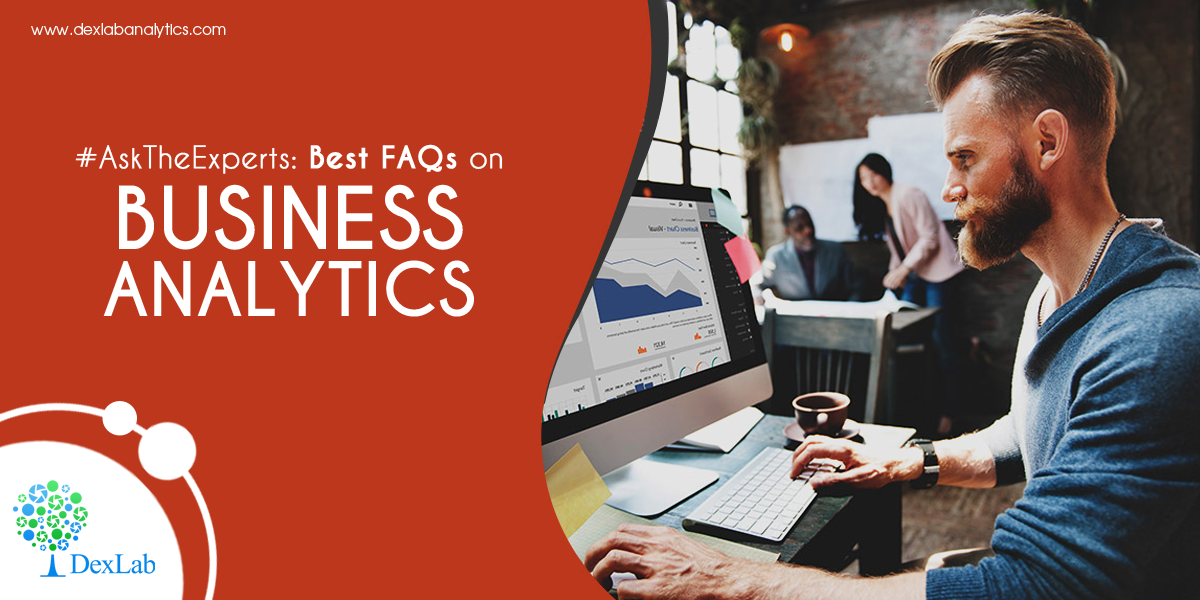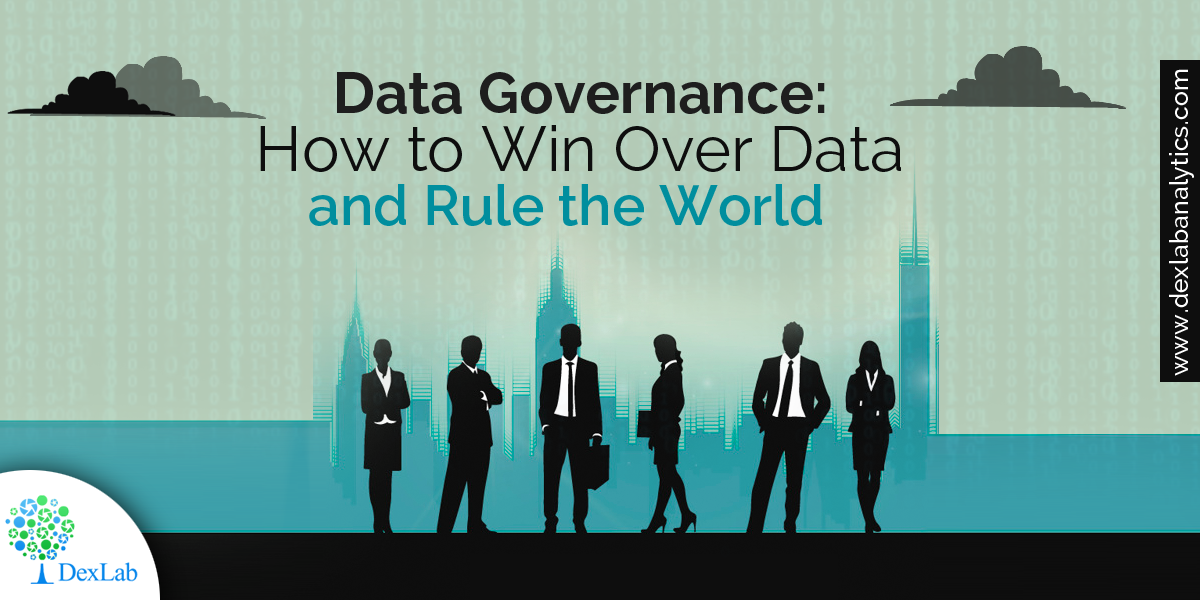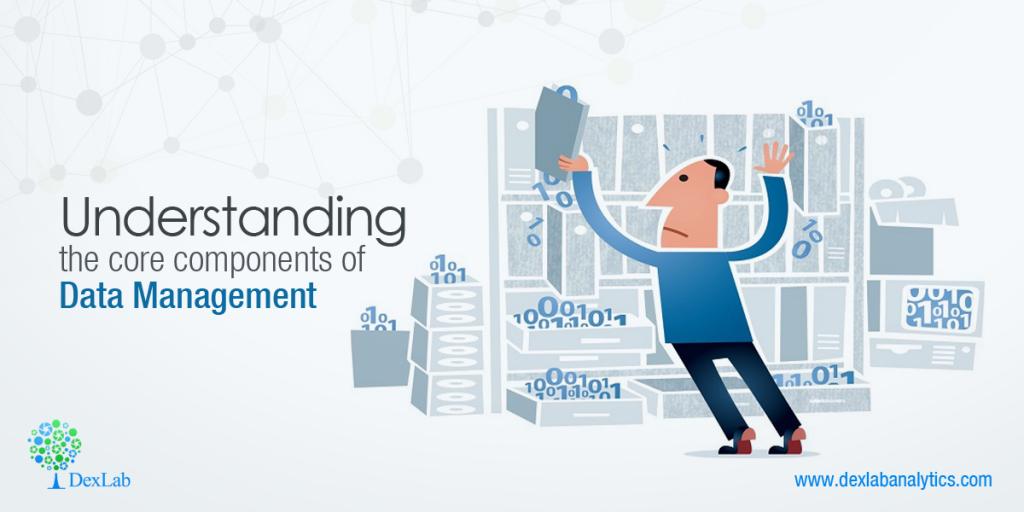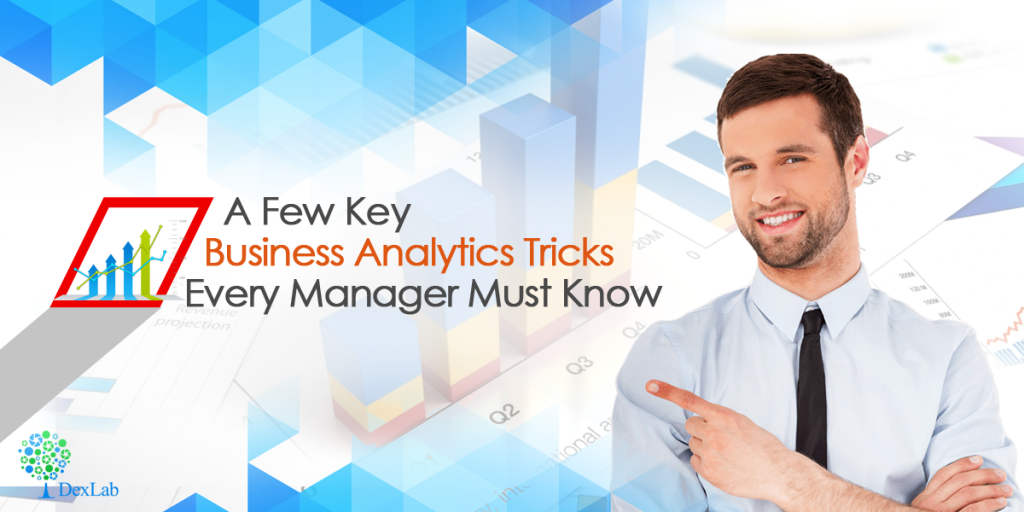
Do you want to make a living as a successful business analyst? Does the prospect of analyzing data and drawing meaningful conclusions interest you? Are you thinking of taking the next big step into the career of analytics?
The demand for business analysts is soaring. It’s even touted as the highest paid job in the field of management. The job profile of a BA includes understanding a business organization critically, tapping into the ongoing business problems and filing a proper documentation of all business requirements and securing future success for the organization.
Below, we’ve whittled down few important FAQs on Business Analytics:
To understand or delve deeper into business analysis, opt for an excellent business analytics course in Delhi. Training courses as this will help you grab the hottest job in town.
Define business analysis.
Business analysis is a series of functions, implemented to assess the business needs and requirements and craft the best solution to ring bells of success in an organization or enterprise. This sequence of actions is generally performed by a business analyst.
Mention the industry and professional standards that a BA has to adhere to.
The most popular industry standards that have been set up for Business Analysts are OOAD principles and Unified Modeling Language (UML). They are recognized across the globe, so drafting requirements from any part of the world won’t be difficult.
What are the components of UML?
UML is a concoction of diverse concepts from a lot many sources.
- For Structure: Actor, Attribute, Class, Component, Interface, Object, Package
- For Behavior: Activity, Event, Message, Method, Operation, State, use case
- For Relationships: Aggregation, Association, Composition, Depends, Generalization (or Inheritance)
- Other Concepts: Stereotype – It qualifies the symbol it is attached to
Highlight the quality procedures that a BA normally follows.
Loud and clear, there exists no specific bar for such things, but if you ask us, Six Sigma and ITIL (Information Technology Infrastructural Library UK) have specific quality standards, which are more than enough. However, here we’ve enumerated some common things to consider:
- Ensure the quality of communication is excellent and seamless.
- Explore and decipher requirements of system functionality and user demands.
- Collect, manage and analyze data for better business outcomes and future success of organizations in question.
Explain the procedure of Requirement Analysis.
JAD session usually precedes a Requirement Session. Business analysts, top notch sponsors and hardcore technical folks attend these significant sessions. In the end of the discussions, Business Analysts rifles through each requirement and asks from a valuable feedback. Now, if the sponsors and technical folks conclude all the requirements are as per business requirement, they will give an official signoff on business requirement documents, along with IT managers and business managers.
How do you define UML?
UML is the abbreviated form of Unified Modeling Language – which is referred to as a generic language for mentioning, envisioning, building and documenting the objects of software systems, business models and other non-software structures. Together, it’s a compilation of superior engineering practices that screams of proven success and functionability of large and complex models.
DexLab Analytics offers top of the line business analyst training Delhi – the course itinerary is crafted according to industry demands and seasoned consultants impart in-demand skill training to the aspiring candidates. For more information, visit their official site now.
The blog has been sourced from — www.wisdomjobs.com/e-university/business-analyst-interview-questions.html
Interested in a career in Data Analyst?
To learn more about Data Analyst with Advanced excel course – Enrol Now.
To learn more about Data Analyst with R Course – Enrol Now.
To learn more about Big Data Course – Enrol Now.To learn more about Machine Learning Using Python and Spark – Enrol Now.
To learn more about Data Analyst with SAS Course – Enrol Now.
To learn more about Data Analyst with Apache Spark Course – Enrol Now.
To learn more about Data Analyst with Market Risk Analytics and Modelling Course – Enrol Now.





